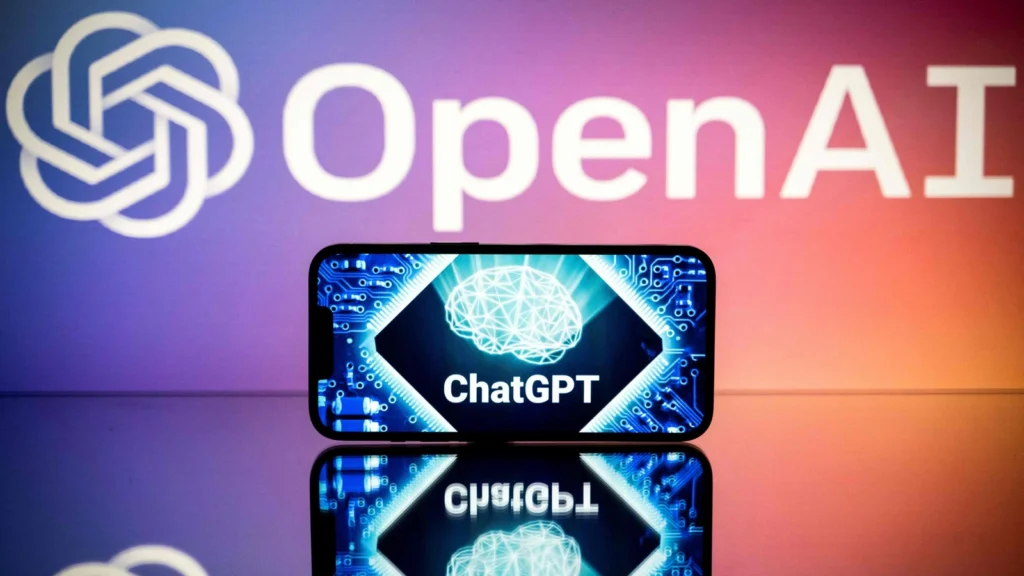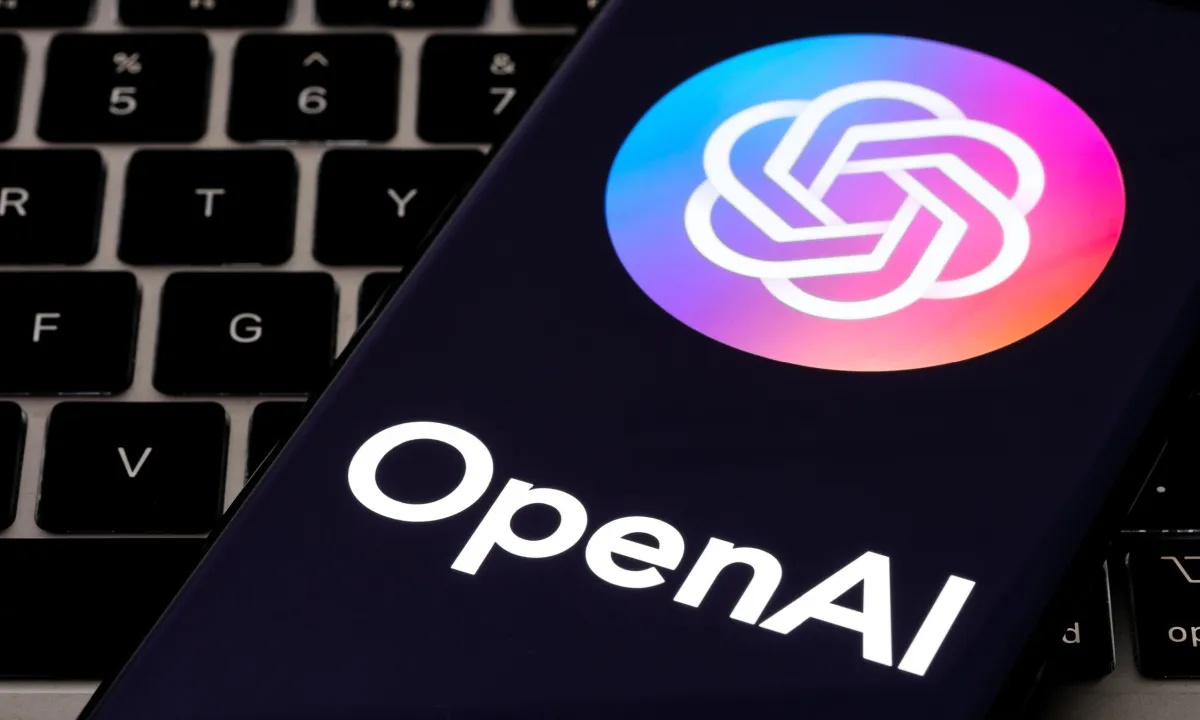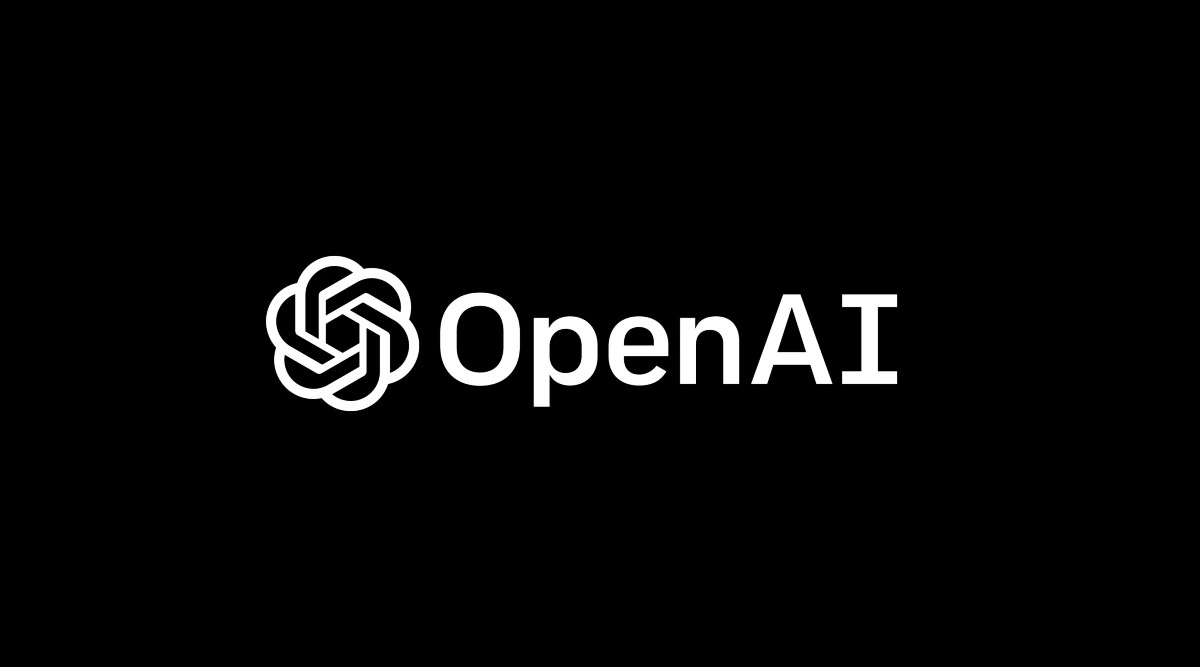
In a world where artificial intelligence intertwines with everyday interactions, the pleasantries exchanged with AI like ChatGPT are more than just niceties—they’re becoming costly. Sam Altman, the CEO of OpenAI, recently highlighted an intriguing facet of digital manners: the financial and environmental cost of saying “please” and “thank you” to AI systems. During an online discussion, Altman revealed that these polite expressions have cumulatively cost the company “tens of millions of dollars” in computing power.

Why Manners Matter in Machine Interactions
Despite the costs, there’s a broader debate on the necessity of maintaining a courteous rapport with AI. According to Kurtis Beavers, a design manager at Microsoft, politeness in user interactions with AI doesn’t just foster a respectful dialogue but also enhances the quality of AI responses. Beavers suggests that polite language in prompts leads to more respectful and collaborative outputs from AI, likening the technology more to sophisticated “prediction machines” that mirror the tone and professionalism of the input they receive.
The Surprising Stats: America’s Polite AI Users
A late 2024 survey shed light on Americans’ behavior towards AI, revealing that a significant 67% of respondents reported treating their chatbots courteously. This politeness stems not only from a sense of doing the right thing (55%) but also from a humorous yet cautious consideration of appeasing algorithms to potentially prevent a futuristic AI uprising (12%).

The Real-World Implications of Digital Decency
The conversation about AI etiquette goes beyond theoretical or financial impacts—it touches on tangible environmental concerns. A collaboration between the Washington Post and researchers from the University of California examined the energy consumption involved in generating a simple 100-word email via AI, finding it requires about .14 kilowatt-hours of electricity. This amount is enough to power 14 LED lights for an hour, translating to significant energy use when scaled to the millions of interactions happening globally every day.
AI’s Growing Appetite for Energy
AI technologies, especially sophisticated models like those developed by OpenAI, are not just tools of convenience but significant energy consumers. Data centers that power these AI systems are estimated to consume about 2% of global energy—a figure expected to rise sharply as AI becomes more pervasive across various sectors.
Rethinking AI Interactions: Efficiency Over Etiquette?
As we continue to integrate AI into our daily lives, the conversation shifts from whether we should be polite to AI, to how we can interact with AI more sustainably. While etiquette towards AI might enhance interaction quality, the environmental cost poses a critical question about the efficiency of these exchanges. Perhaps, as Altman suggests, the time has come to assess not just how we talk to AI, but how often and why we choose to engage with it at all.

The ongoing discourse around AI etiquette encapsulates a broader challenge facing the tech world today: balancing innovation with environmental conservation. As AI becomes an integral part of our digital ecosystem, finding ways to reduce its environmental footprint while maintaining effective and respectful communication will be crucial. Whether it’s rethinking the need for pleasantries or optimizing AI’s energy consumption, the path forward requires a careful consideration of both the technological possibilities and the planetary boundaries.
